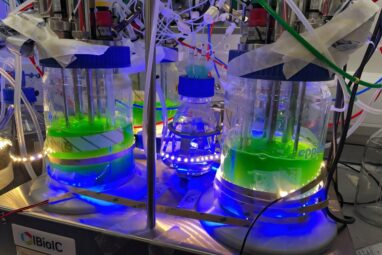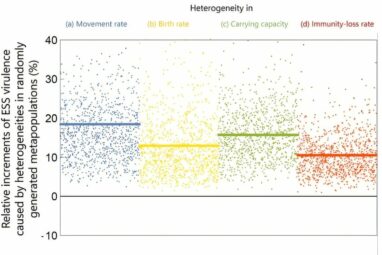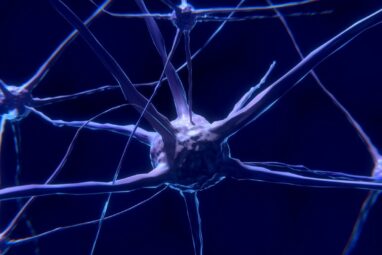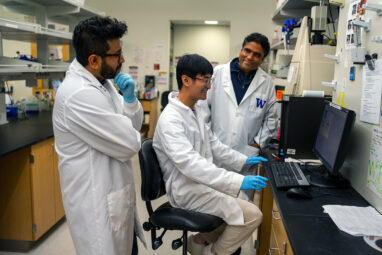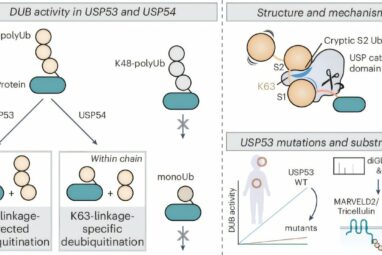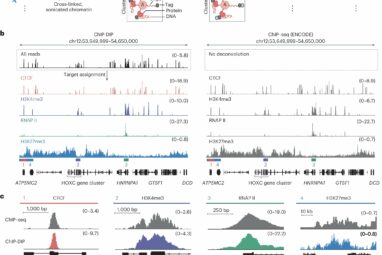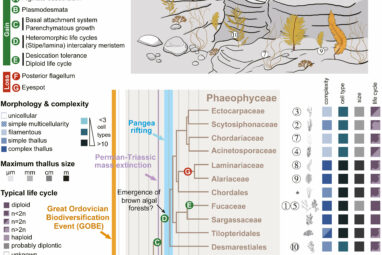Scientists at The University of Manchester have achieved a significant breakthrough in using cyanobacteria—commonly known as “blue-green algae”—to convert carbon...
The evolution of pathogens has received attention in a wide range of scientific fields, such as epidemiology, demography, and evolutionary...
New research published in Science Advances reveals that right whales can survive for more than 130 years—almost twice as long...
Monitoring electrical signals in biological systems helps scientists understand how cells communicate, which can aid in the diagnosis and treatment...
A breakthrough in understanding how a single-cell parasite makes ergosterol (its version of cholesterol) could lead to more effective drugs...
The war in Ukraine is causing hunger thousands of miles from the battlefields, according to a study in Communications Earth...
A concentrated sugar solution could be just as effective as antibiotics at treating a common infection in dairy cows, according...
Despite their reputation as buzzing nuisances, flies serve a critical role as some of the Earth’s most prolific pollinators—and new...
Scientists have uncovered a new role for a cell’s own RNA in fending off attacks by RNA viruses. Some of...
Deubiquitinases (DUBs) are enzymes used by cells to trim protein modifications made from the protein ubiquitin, and thereby regulate proteins....
Caltech researchers have developed a new method to map the positions of hundreds of DNA-associated proteins within cell nuclei all...
Covering over 70% of Earth’s surface, the oceans are home to countless life forms that maintain ecological balance and support...
